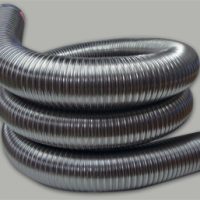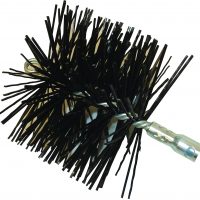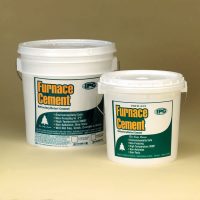By Jim McDonald
The high cost of heating fuel and the fear of ballooning utility bills may temp you to use your homes built-in fireplace as a supplementary heat source for your home.
There can be many problems with primarily ornamental type fireplaces that can put your home and family at risk. For occasional use these fireplaces may be safe enough, but continual heavy use can cause design and material problems to put your safety on the line.
Building functional, relatively safe masonry fireplaces or to a lesser degree, installing factory made fireboxes and stacks has become a lost art. Not every mason knows how to do it properly or for other reasons it is just not done properly.
Most experts agree that a fireplace wastes more energy that it supplies. A roaring fire can draw three to four hundred cubic feet of air per minute; this air has to come from outside the home to feed the fire. It may be warm in front of the fire but cold air entering the home through cracks or around door seals will more than offset any gain produced by the heat from the fireplace.
Continual or even occasional use of a fireplace builds up creosote on the chimney liner. This is especially true with a chimney built with commonly used clay flue liner tiles. Creosote comes out of the burning wood as a gas and then condenses on the relatively cool flue tiles as a tar like substance.
Over a period of time, quite a bit of creosote can build up coating the inside of the chimney with a combustible material. This combustible material only has to reach ignition temperature to become a roaring un-controllable blowtorch. A pro-longed fire in a fireplace may bring the flue temperature up enough to cause ignition, and let me tell you, I speak from personal experience, that chimney fires are no fun and will scare the ever-loving daylights out of you and possibly burn your house down.
Many fireplace potential problems are not visible and can’t be found no matter who inspects it. So take my advice and consider your fireplace un-safe for prolonged use. It is just not worth the risk.






